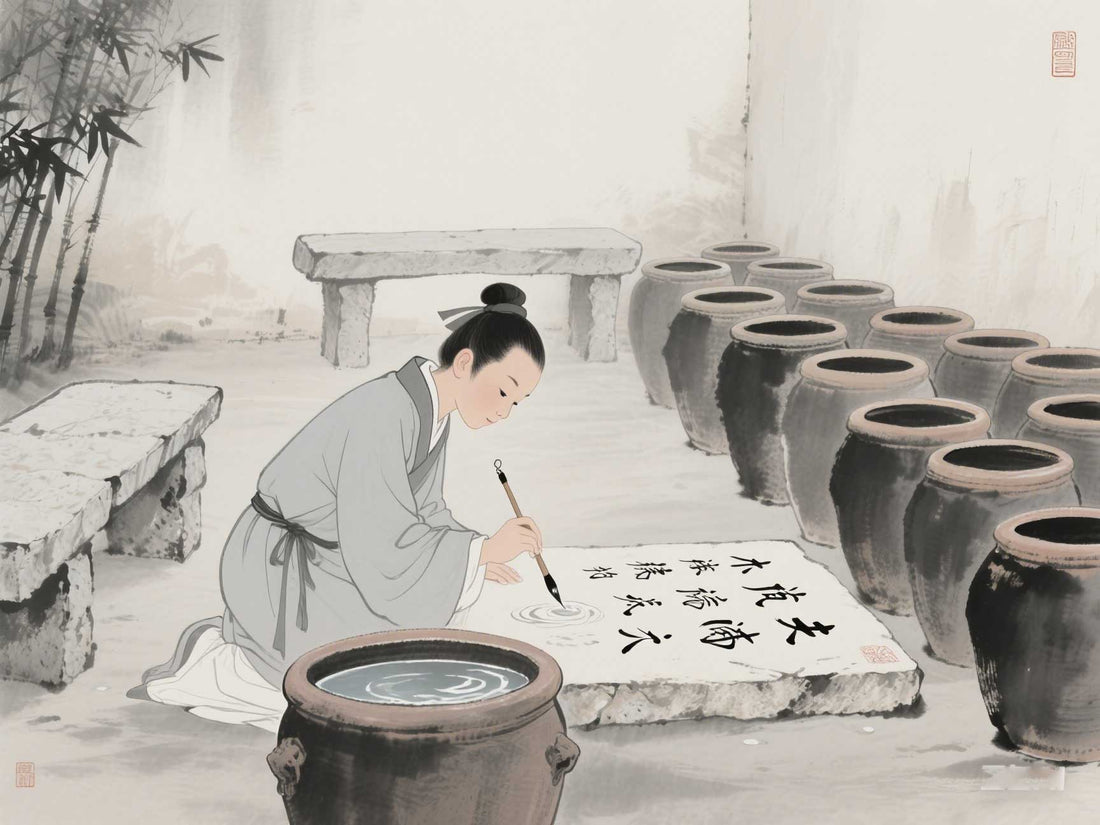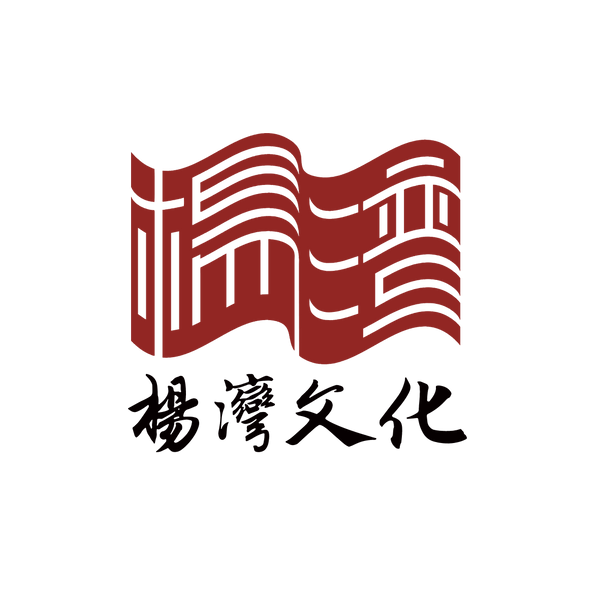
Wang Xianzhi's "Eighteen Jars of Water"
Share
The pride of a young boy and the test from his father
Wang Xianzhi learned calligraphy from his father Wang Xizhi since he was young. When he first started learning, he thought he had good penmanship and often gave his works to his father for comments. Once he wrote the character "大", but Wang Xizhi shook his head and pointed out that the character was "tight on top and loose on the bottom", and then added a dot at the bottom to change it to "太". Wang Xianzhi was not convinced and asked his mother to judge. After careful examination, his mother said bluntly: "I have used up three jars of water, but there is only one point that resembles Xizhi" - this is exactly the point where Wang Xizhi added his touch. This incident made Wang Xianzhi feel ashamed and he realized that studying hard was far from enough.
Eighteen tanks of water and the road to hard training
In order to enlighten his son, Wang Xizhi pointed to the eighteen large vats in the yard and said: "Only by describing all the water can you get the true meaning." From then on, Wang Xianzhi stopped being arrogant and studied calligraphy day and night. He started with the basic strokes and practiced for several years, using up all the water in the jar. During this period, he was so focused on practicing that he even mistook ink for mashed garlic. This process not only honed his skills, but also reshaped his mentality, from "holding the pen firmly" (the story of Wang Xizhi's unsuccessful attempt to draw the pen as a child) to "the force penetrating through the back of the paper", he gradually broke through his own limitations.
The artistic achievements of the "Two Wangs"
After such hard training, Wang Xianzhi finally found a new way in the field of cursive script, breaking the constraints of regular cursive script with "one-stroke writing". His representative work "Duck Head Pill Post" was praised as an innovation that surpassed his father's. He and Wang Xizhi are known as "the Two Wangs". Calligraphy historians have commented that "although his strength is not as good as his father's, his charm is greater than his father's."
Cultural Inspiration
This story reveals two core layers:
- Technical level : There is no shortcut to improve calligraphy, it requires a spiral of "quantitative accumulation" to "qualitative breakthrough";
- Mental level : Artistic achievement requires breaking away from complacency and accepting criticism and traditional nourishment with an "empty cup mentality".
Just as Wang Xianzhi said in his later years: "Only after grinding out eighteen jars of water can one know that brush and ink have bones." This process is not only a refinement of techniques, but also an awakening to the essence of art.
